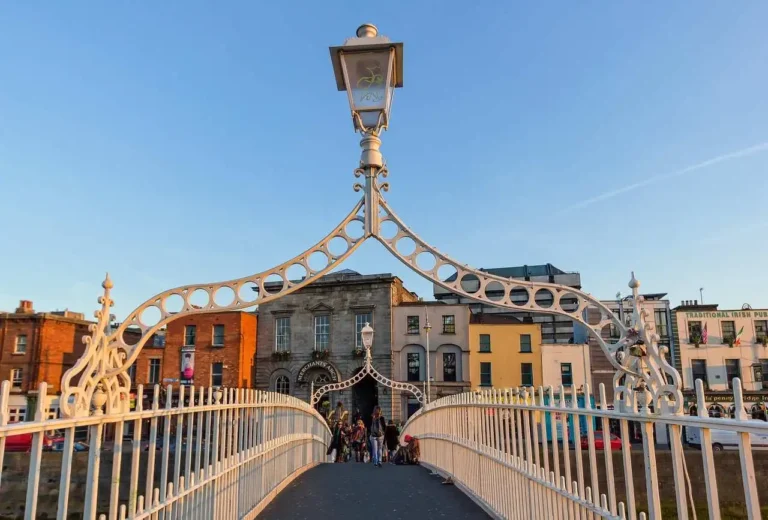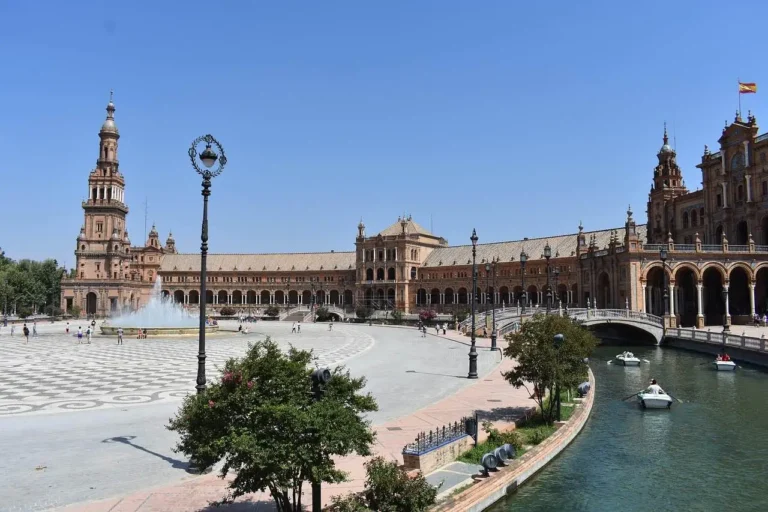Planning a Trip to Europe: 12 Mistakes Every Traveler Makes
Table of Contents
Table of Contents
Are you excited to see Europe but scared of making big mistakes?
Traveling to a new place is exciting, but you need to plan well to avoid common errors.
When you start your European adventure, you want to use your time and money wisely. Many people make the same mistakes in Europe, like bad planning and cultural mistakes.
Knowing these common mistakes can help you minimize risks and enjoy your trip more. In this article, we’ll look at the top 12 mistakes to avoid in Europe. This will help you have a memorable and enjoyable journey.
The Fundamentals of European Travel Planning
Planning a European vacation starts with the basics. With so many places and things to do, it’s easy to get excited. But without a solid plan, your trip can feel overwhelming.
Why Proper Preparation Makes or Breaks Your Experience
Good planning is key to a great trip. It helps you avoid mistakes like overpacking or underestimating costs. By researching and planning early, you can have a smooth and fun journey. Effective planning lets you use your time and money wisely, so you can enjoy Europe’s best.
How to Use This Guide to Avoid Common Pitfalls
This guide helps you through European travel planning. By following our tips, you can avoid common mistakes and have a memorable trip. We’ll cover budgeting, planning your itinerary, cultural etiquette, and transportation. This way, you’ll be ready for your adventure.

Mistake #1: Cramming Too Many Destinations Into Your Itinerary
Many travelers make the mistake of trying to see too much on their European trips. It’s tempting to see everything, but this can make your trip feel rushed and stressful.
Understanding European Distances and Travel Times
Europe is big and has many places far apart. Knowing how long it takes to get from one place to another is key. For example, a train ride from Paris to Rome takes about 10 hours, plus extra time for checking in and out.
The 3-3-3 Rule: A Balanced Approach to Destination Planning
The 3-3-3 rule can help you plan better. Spend at least 3 days in each big place. Limit your trip to 3 main places a week. And, make sure you have at least 3 hours to travel between places. This rule helps you avoid feeling tired from too much moving around.
Sample Itineraries for Different Trip Lengths
- For a 7-day trip: Focus on 2 main destinations, such as Paris and Amsterdam, with a day trip or side tour in between.
- For a 14-day trip: Consider 3 main destinations like London, Paris, and Berlin, with travel days or shorter stops in between.
By planning your itinerary for Europe trip more carefully, you can have a more enjoyable and relaxed trip.
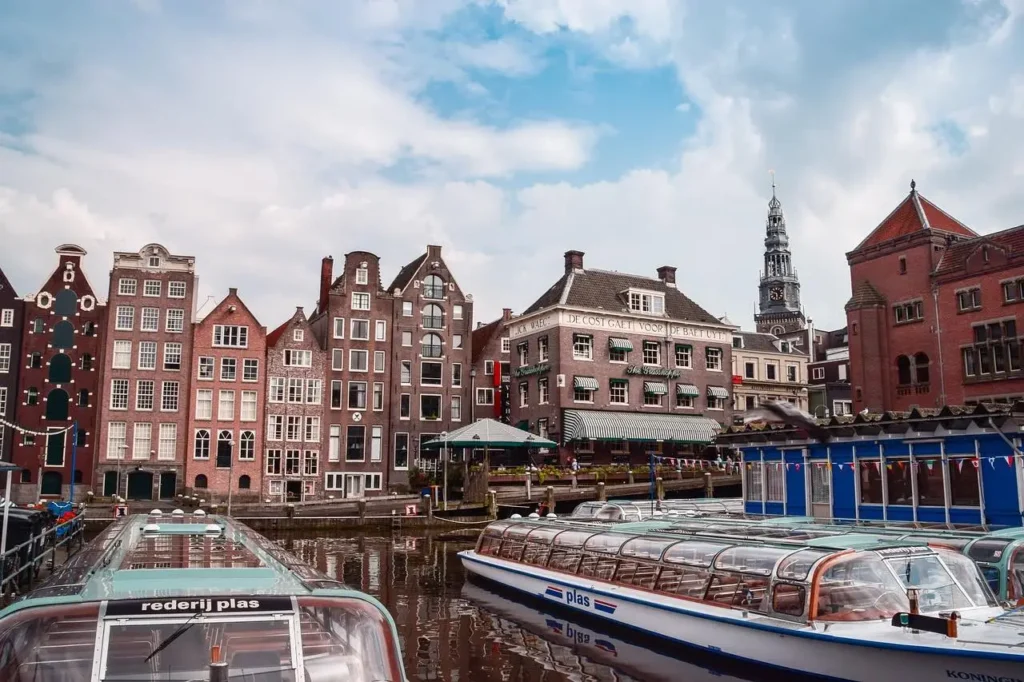
Mistake #2: Underestimating Your Budget
Thinking you can travel Europe on the cheap can lead to trouble. Many people don’t plan for all the costs, ending up in a financial bind.
Hidden Costs That Surprise American Travelers
Traveling to Europe, Americans often face hidden costs they didn’t budget for. These can include:
- Tourist taxes and fees at attractions
- Higher prices for convenience foods or last-minute purchases
- Additional charges for luggage or seat selection on flights
Knowing about these costs can help you plan better.
Creating a Realistic Budget with a 20% Buffer
A realistic budget is key for a great trip. Start by looking up typical costs for places you’ll visit. Then, add a 20% buffer for surprises. This can save you if costs go up or if you want to treat yourself.
Cost Comparison: Western vs. Eastern Europe
Remember, Western Europe is often more expensive than Eastern Europe. For example, a meal in Paris might cost $15-$30, but in Budapest, it’s $5-$15. Knowing these differences helps you budget better, making your budget travel Europe trip more fun.
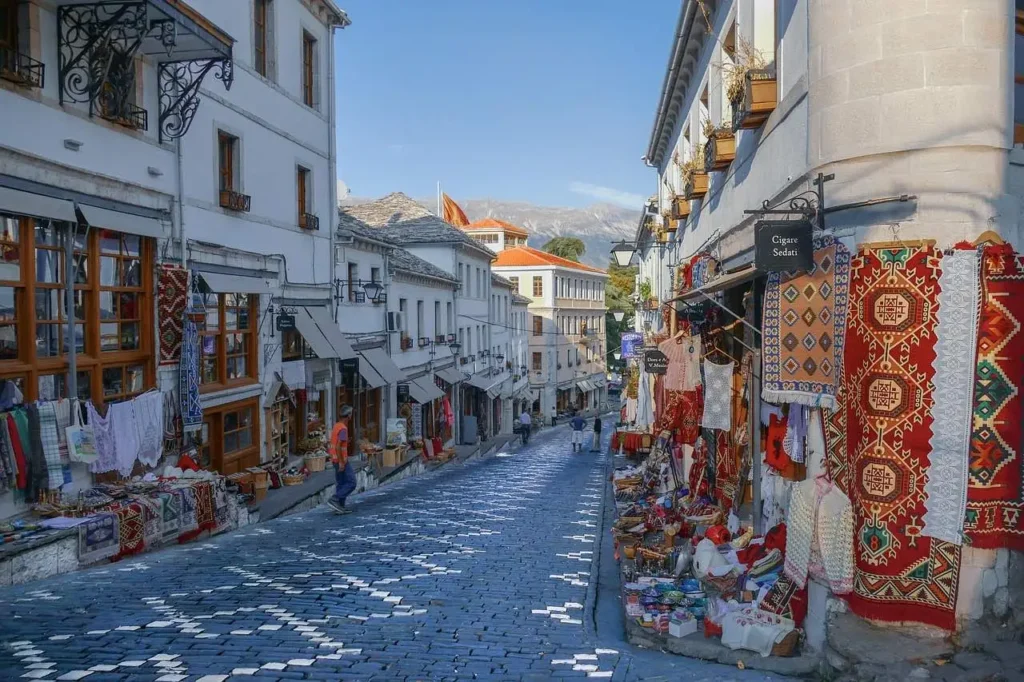
Mistake #3: Neglecting to Research Local Transportation Options
Europe’s transportation network is vast and varied. It can be both a blessing and a curse for travelers. With trains, buses, and flights to choose from, it’s easy to get lost. Knowing how to get around is key for a great trip.
Train vs. Plane vs. Bus: Making Cost-Effective Choices
Choosing how to travel in Europe is your first big decision. Trains are popular for their scenic views and comfort. But, budget airlines can save money on longer trips or when you’re short on time. Buses are cheaper but slower.
- Trains: Great for short trips and scenic routes, with Eurail passes for flexibility.
- Flights: Best for long trips or when you’re in a hurry, with cheap airlines like Ryanair and EasyJet.
- Buses: Cheap for short to medium distances, with FlixBus for affordable fares.
City Transportation Passes and Their Value Proposition
Getting around the city is important once you arrive. Many cities have transportation passes for public transport. These passes can save money and make your trip better.
The Eurail Pass: Worth It or Waste of Money?
The Eurail Pass is a favorite among travelers, letting you travel across many countries. To decide if it’s worth it, think about your trip:
- Compare the cost of individual tickets to the pass price.
- Think about how often you’ll travel.
- Look at any extra perks, like discounts on attractions.
By considering these points, you can choose wisely. This ensures your European trip is both fun and affordable.

Mistake #4: Booking Accommodations in the Wrong Locations
Many travelers make the mistake of picking places to stay without thinking about the location. This can lead to higher transportation costs, longer travel times, and a less fun trip.
City Center vs. Outskirts: The True Cost-Benefit Analysis
Choosing between the city center or the outskirts has both financial and travel experience impacts. Staying in the city center is often pricier but closer to attractions, saving on transport costs. On the other hand, staying outside the city might be cheaper but could mean more money spent on getting around.
Key considerations include: how often you’ll go out, the cost of local transport, and your comfort with traveling.
Neighborhood Research Strategies for Major European Cities
Doing research on neighborhoods before booking can make your stay better. Look at local amenities, safety, and the area’s atmosphere. For big European cities, travel blogs, forums, and city guides are great for tips on European travel guide.
Alternative Accommodation Options Beyond Hotels
Think about staying in apartments or hostels for a more local feel. They often have kitchens, which can cut down on eating out costs. Websites for vacation rentals can help you find these places, making your European vacation planning better.
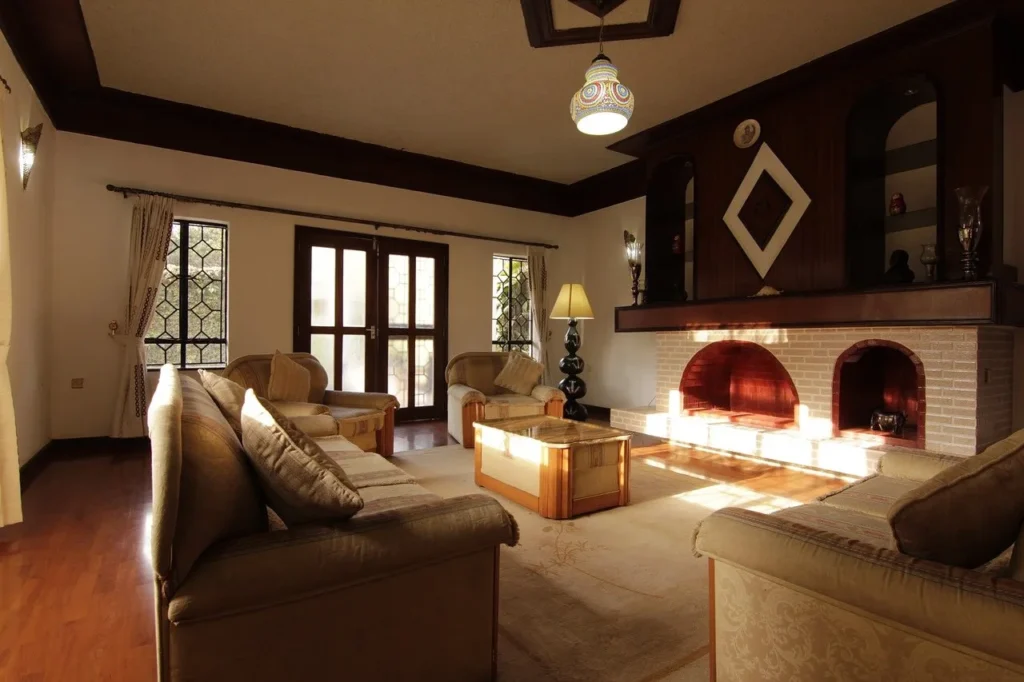
Mistake #5: Ignoring Seasonal Considerations When Planning a Trip to Europe
Europe’s climate and seasonal events can greatly affect your trip. Knowing these factors is key for a great journey.
Peak Season Pitfalls and Shoulder Season Advantages
June to August is peak season in Europe, with big crowds and high prices. The shoulder season, from April to May and September to October, is less crowded and cheaper. Travelers who can be flexible with their dates can benefit from the shoulder season’s advantages.
Regional Weather Patterns and Their Impact on Activities
Europe’s weather changes a lot from north to south. For example, the Mediterranean has mild winters, while the Nordic countries are cold and snowy. Knowing this helps you pack right and plan activities for the local weather.
Festival and Holiday Scheduling: Opportunities and Challenges
Europe is famous for its festivals and holidays, which can be both exciting and challenging. Events like Tomorrowland or La Tomatina draw big crowds, while local holidays can change business hours and transport. Researching these events can help you plan around or join in, making your trip better.

Mistake #6: Overlooking Travel Insurance and Health Preparations
When planning your trip to Europe, don’t forget about travel insurance and health preparations. Many people overlook these important steps. This can leave them open to unexpected medical or travel costs.
Essential Coverage for American Travelers in Europe
Travel insurance can help with trip cancellations, medical emergencies, and lost luggage. For Americans, it’s key to know that Medicare often doesn’t cover medical costs abroad. Look for a policy that includes:
- Medical evacuation
- Trip cancellation or interruption
- Emergency medical coverage
Navigating European Healthcare Systems
European healthcare systems differ by country. Some have reciprocal healthcare agreements, while others don’t. Knowing these systems can help you handle medical needs on your trip.
Prescription Medications: Rules and Restrictions Abroad
Traveling with prescription medications?
Be aware of the rules in your destination countries. Some meds might be restricted or need extra paperwork. Always carry your prescription and a doctor’s note to avoid problems.
By focusing on travel insurance and health preparations, you can make your trip to Europe safer and more enjoyable. For a detailed European travel guide, check out resources that cover health and safety.

Mistake #7: Not Planning for Currency and Payment Methods
Managing your money well is key to a stress-free European vacation. Many American travelers forget the challenges of handling money in Europe. Each country has its own currency and payment methods.
Euro vs. Non-Euro Countries: What Americans Need to Know
Europe has a mix of economies, with some using the Euro and others their own currencies. For example, Germany and France use the Euro, but the UK, Switzerland, and Norway don’t. Knowing these differences helps you avoid losing money to bad exchange rates.
Smart Money Management to Avoid Excessive Fees
To manage your money wisely, use a debit or credit card without foreign transaction fees. Also, having local currency when you arrive is useful. Telling your bank about your travel plans can stop your card from being flagged as suspicious.
Digital Payment Adoption Across Different European Countries
Digital payments are getting more popular in Europe, but not everyone uses them. Sweden and Denmark are almost cashless, but others prefer traditional ways. It’s smart to have different payment options, like contactless and cash.
Being prepared and knowing Europe’s financial scene makes your trip more enjoyable. You’ll avoid the stress of money problems.

Mistake #8: Packing Impractically for European Travel
Many American travelers don’t realize how important it is to pack lightly for Europe. Carrying too much can cause stress and make it hard to move around. This is true, even more so in Europe’s old cities with their rough streets and limited places to store bags.
The Mobility Advantage: Why Less is More
Packing light makes it easier to explore Europe’s beautiful streets and use public transport. With fewer bags, you won’t get tired as easily. This lets you change your plans more freely. Think about how a simple wardrobe and a good packing list can help.
Key benefits of packing lightly:
- Easier navigation of cobblestone streets and historic areas
- Reduced fatigue from carrying fewer bags
- More flexibility to adjust your travel plans
Essential Items American Travelers Often Forget
Don’t forget these important items for your European trip: a portable power adapter, a money clip with RFID protection, and a small travel umbrella. These can really make your trip better.
Adapting Your Wardrobe for European Cultural Norms
Europeans often dress more formally than Americans, which is true in the evenings or when visiting cultural spots. Pack a few outfits that are both versatile and dressy. This way, you’ll fit in and show respect for local customs.
Dressing right not only makes your trip better but also helps you connect with the locals.
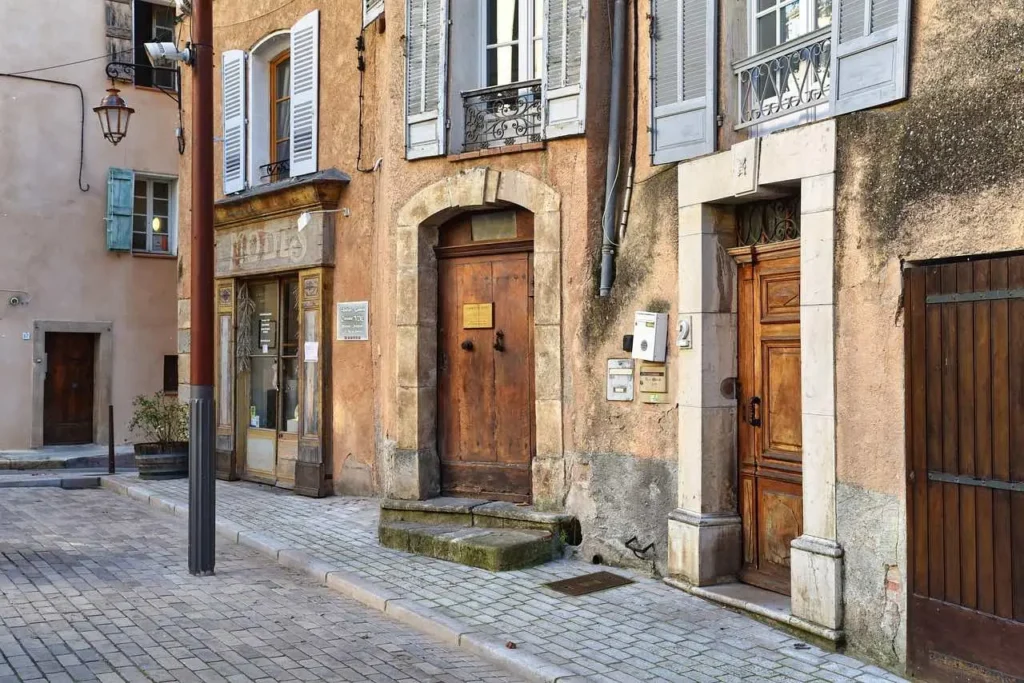
Mistake #9: Failing to Learn Basic Local Phrases
Traveling to Europe without learning basic phrases is a big mistake. It can make your trip better and your interactions with locals more meaningful.
The Impact of Language Effort on Your Travel Experience
Learning a few words in the local language shows respect. It makes your trip more fun and your interactions with locals better. It can also help in emergencies.
Essential Phrases in Major European Languages
Learning simple phrases like “hello,” “thank you,” and “where is…” is easy. For example, in French, say “bonjour” (hello), “merci” (thank you), and “où est…” (where is…). In Spanish, use “hola” (hello), “gracias” (thank you), and “¿dónde está…” (where is…).
These phrases are useful during your European vacation planning.
Language Apps and Resources for Time-Pressed Travelers
Use apps like Google Translate, Duolingo, or phrasebooks to learn quickly. These tools help you prepare for your trip and improve your European travel guide experience. Some apps work offline, which is great for traveling.
Spending a little time on learning local phrases can greatly improve your European trip. It makes your journey more enjoyable and less stressful.

Mistake #10: Disregarding Cultural Norms and Etiquette
Before you head to Europe, learn about the local customs and etiquette. Europe is full of different cultures and traditions. Knowing and respecting these can make your trip better and help you connect with locals.
Common American Behaviors That Can Offend Europeans
In the U.S., some actions are normal but might not be in Europe. For example, tipping rules vary, and too much tipping can seem rude. Also, being too loud or showing too much affection in public might upset some people. Knowing these differences can make you more confident and respectful.
Region-Specific Customs to Be Aware Of
Every European region has its own customs. In some places, like the Mediterranean, meals are very important. You might need to spend more time eating. In other areas, being on time is key, and being late is seen as rude. Learning these local ways can help you fit in and make friends.
Dining Etiquette Differences Across Europe
Dining manners change a lot in Europe. In some places, you should keep your hands on the table, while in others, they should be in your lap. Also, how you finish a meal can mean different things in different cultures. Being aware of these can make you feel more at ease when eating out.
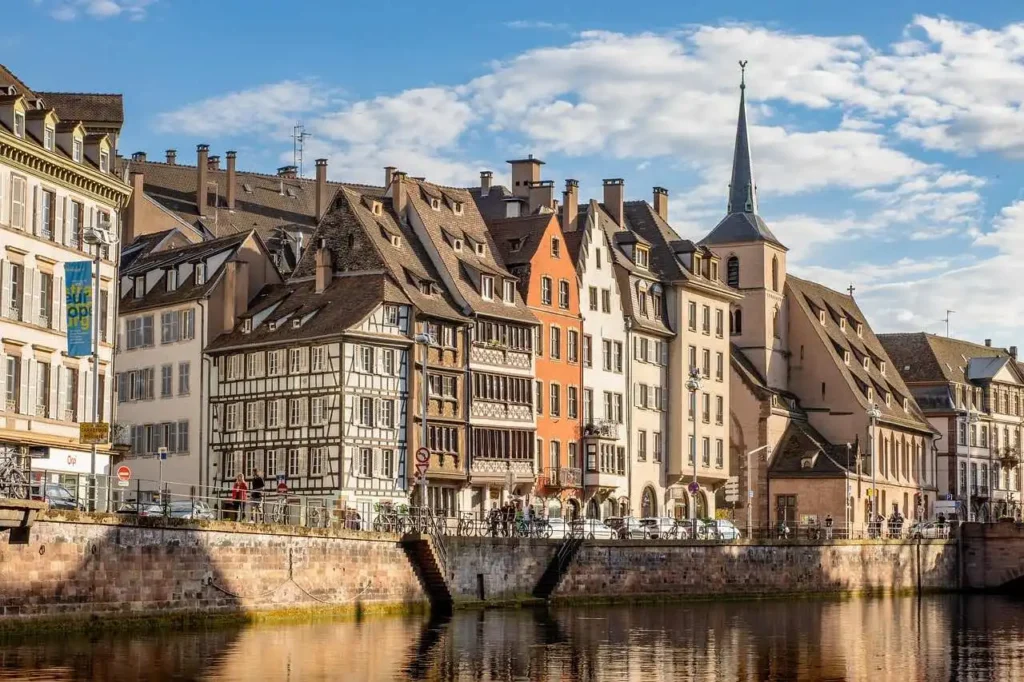
Mistake #11: Relying Too Heavily on Technology
Technology can make traveling in Europe better, but too much of it can be bad. Smartphones help with navigation and finding info. But, they can also make your trip less real and cause problems with internet and data.
Preparing for Connectivity Issues and Data Limitations
Before you go to Europe, get ready for internet problems. Not everywhere has good internet, and using data abroad can cost a lot. Here are some tips to help:
- Get a local SIM card or a portable Wi-Fi hotspot for internet.
- Download maps and guides that you can use offline.
- Choose travel apps that work without internet.
Offline Resources Every Traveler Should Have
Having things you can use without the internet is very helpful. Some things you should have include:
- A physical map of where you’re going.
- A phrasebook or a list of important words in the local language.
- A guidebook or travel brochure with useful info.
Balancing Digital Tools with Authentic Experiences
To use technology wisely, know when to turn it off. For example, taking time to really see a landmark without taking a photo can make your trip better. Talking to locals without using a screen can also make your trip more meaningful.
Tips for a Balanced Travel Experience:
- Make times during the day when you don’t use your device.
- Do things that don’t involve technology, like local workshops or outdoor activities.
- Use technology to find cool places, then go there without your device.
Knowing the downsides of too much technology and how to avoid them can make your trip to Europe better. You’ll have a more balanced and enjoyable time.
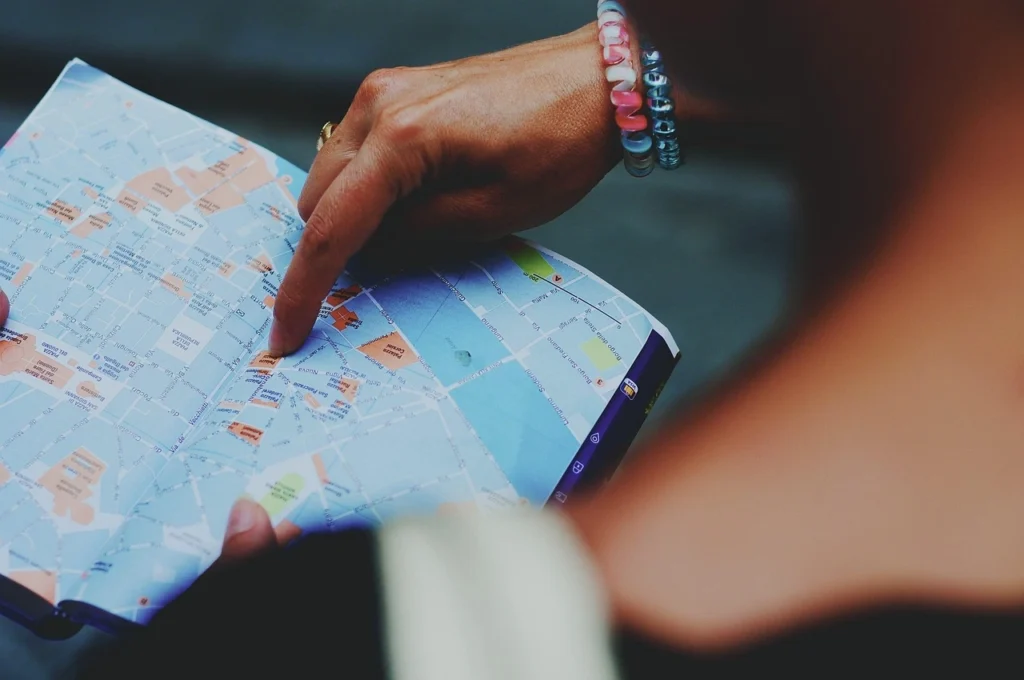
Mistake #12: Missing Out on Authentic Experiences
Traveling in Europe is all about diving into local cultures and traditions. Sticking to the usual spots can make your trip forgettable. You’ll miss the real moments that make it unforgettable.
Breaking Away from Tourist Traps and Guidebook Hotspots
To dodge the crowds and commercial feel, visit famous spots off-season or find new places. For example, skip the Trevi Fountain in Rome for the Tivoli Gardens in Copenhagen. It’s a beautiful Baroque wonder.
- Explore local markets and neighborhoods
- Try street food and local cuisine
- Visit museums and galleries during off-peak hours
Connecting with Locals for Insider Knowledge
Connecting with locals is a great way to find real experiences. They know the hidden spots and off-the-beaten-path places. Here’s how to do it:
- Attend local events and festivals
- Join a guided tour with a local expert
- Stay in family-run places or Airbnb apartments
Slow Travel: The Key to Deeper European Experiences
Slow travel lets you really feel the vibe and culture. By staying longer in fewer places, you get to know the area and its people better. It’s perfect for planning a European vacation on a budget, as it helps you use your time and money wisely.
Conclusion: Your Blueprint for Successfully Planning a Trip to Europe
Getting ready for your European trip? Avoiding common mistakes is essential for a smooth and fun journey. This guide helps you plan a trip that exceeds your expectations. From budgeting to cultural norms, every detail matters.
Use the tips shared here to create a memorable trip to Europe. Learning local phrases and respecting customs can make your experience better. These small steps can greatly improve your interactions with locals.
By following these tips, you’ll avoid common errors and have a more meaningful trip. Remember, being flexible, well-prepared, and open-minded are key. These qualities will help you make the most of your European adventure.
FAQ
What’s the best way to plan a trip to Europe on a budget?
To travel to Europe on a budget, plan to go during the shoulder season. Look for affordable places to stay and use public transport. Save money by avoiding tourist spots and eating at local places.Creating a budget with a 20% buffer can also help. This way, you won’t stress about money during your trip.
How do I create an effective itinerary for my European vacation?
For a good itinerary, follow the 3-3-3 rule. Spend 3 days in each city, travel 3 hours between places, and leave 3 hours for surprises. Research your destinations and understand travel times.Looking at sample itineraries can also inspire you. This helps plan a balanced trip.
What’s the best way to get around Europe?
The best transport depends on your trip and budget. Trains, buses, and budget airlines are often cheap and easy. Look into local passes for city travel.The Eurail Pass is another option. But, make sure it’s worth it for your plans.
How do I avoid cultural faux pas during my European trip?
To avoid cultural mistakes, learn about local customs and etiquette. Say hello and thank you in the local language. This shows respect for the culture.Be aware of dining rules, dress codes, and social norms. This helps you fit in and enjoy your trip.
What’s the best way to stay connected during my European trip?
To stay connected, get a portable Wi-Fi hotspot or a local SIM card. Use offline maps and guidebooks when internet is scarce.Using digital tools and enjoying local experiences is key. This lets you dive into the culture fully.
How can I ensure I’m prepared for health and safety concerns during my trip?
Research the healthcare in your destinations and get travel insurance. Make sure you have any needed vaccinations and pack your meds.Stay updated on local health issues and take precautions. This keeps you safe during your journey.


